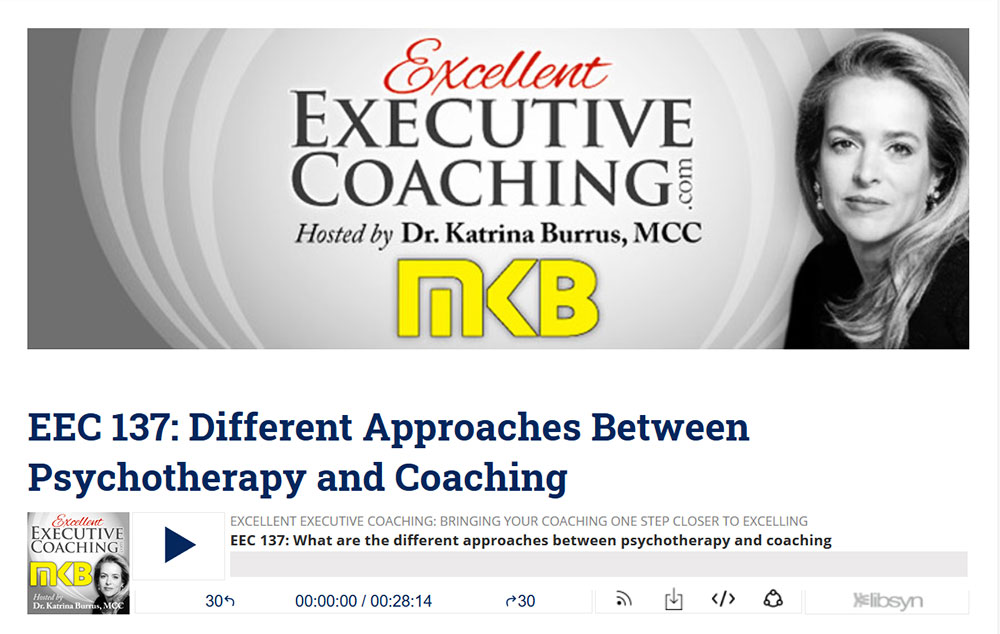How Leaders Can Help Team Members Stay Focused, Positive and Engaged
Since March, COVID-19 has impacted virtually every aspect of our lives. Many of us are feeling worn down, restless, anxious, and depressed. The novelty of working from home, once yearned for by many, has long since worn off. Instead, a sense of isolation and loneliness has set in. COVID fatigue is a serious concern for both individuals and businesses because it can impact focus, positivity, engagement, and one’s overall sense of well being. As a business leader during this pandemic, you may have noticed a subtle, negative energy creeping into your team and be wondering how you can help. These tips should set you on the right path:
Encourage self-care
Speak with your team about the importance of taking care of their physical and mental well being. Let them know you understand the challenges they face and that feeling isolated, lonely, and disconnected are natural responses to this difficult situation. It’s possible someone on your team was already dealing with a physical or mental health issue before the pandemic and feels even more challenged currently.
Mental health is still a topic many are reticent to discuss when it relates to their own struggles. It’s important to set a supportive and accepting tone that demonstrates that you and the company understand that one’s state of health includes body and mind and that there is no shame in being unwell. Ensure your team knows your virtual door is always open. Encourage them to access mental health services through their family physician, their extended health benefit plan, or your Employee Assistance Program if you have access to such service.
Communicate transparently about the business
Open and honest communication with employees is important in the best of times, but during a global pandemic, it’s vital. Team members may be feeling insecure about the health of the company and their job security and look to leaders for guidance. Leaders must get ahead of any rumours and provide facts promptly. If the company is facing challenges, employees should be told what is being done to mitigate the situation, and what they can do in their jobs to help.
Support your staff as they pivot
Pivoting is the word of the year. Most businesses have had to pivot several times in the last few months, and likely will have to continue as we adapt to the constantly changing phases of COVID-19 restrictions. Pivoting invites people to be flexible, innovative, and agile. For some, the need to innovate is stimulating, but for others, it is draining. This reaction is not about being open or closed to change, it’s about different behavioural styles. High risk-tolerant individuals are more likely to be energized by working in volatile, uncertain, complex, and ambiguous situations, but low risk-tolerant individuals may become depleted from managing a high level of the unknown. Identify your employees’ styles and support each of them based on their style. Remain vigilant of your high risk-tolerant employees. They are more likely to overextend themselves and not be aware fatigue is catching up until it is too late.
Zoom fatigue is real
Engage your team in check-ins through quick video meetings to gauge how everyone’s doing, but be mindful that people are getting tired of carrying virtual relationships. Mix it up. Have some individual time and some team time. Change the time and day of meetings so they don’t feel stale and routine like. Use the time for people to share their experiences and discuss non-work topics. Keep it short, as if you would at the water cooler or kitchen in the workplace.
Go outdoors!
Working from home eliminates the daily commute which enables us to get outside every day, even if it’s just for a short time. Encourage your team to get out of the house each day and get some fresh air. A change of scene can do much to lift the spirits and reinvigorate. If it’s cold or wet, just dress appropriately and embrace our Canadian climate.
Don’t lose sight of learning and development
While it may not be possible to attend courses in person, there are many excellent learning opportunities online. If your organization has the budget for employee developmental opportunities, encourage them to identify courses and seminars during the pandemic as they normally would. Not only will this ensure skills and capabilities don’t fall behind, but it will also tell your team they’re valued.
With no end in sight for the pandemic and the arrival of a vaccine uncertain, we are all coming to grips with what our new normal may look like. As 2021 approaches, remote working may be commonplace and some form of lockdown an unpleasant frequent reality. Leaders must ensure they provide the support, assistance, and transparency their employees are counting on.
If you need help with coping strategies during the pandemic for yourself or a team member, please contact us at Forge Coaching & Consulting at 1 (905) 873-9393. We can help.

